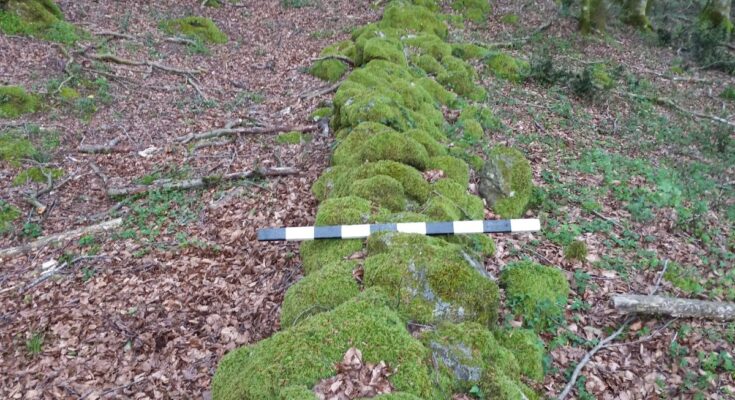Archaeologists, under the leadership of Dr. Paolo Visona from the University of Kentucky, uncovered a Roman wall designed to confine Spartacus in southern Italy’s Calabria region.
Spartacus, as depicted by ancient writers like Plutarch (AD 46 – 119 AD) and Appian (AD 95 – 165), was a former gladiator and escaped slave who led a famous revolt against the Roman Republic, according to Heritage Daily.
The uprising started in 73 BC when Spartacus and other gladiators escaped from a training school near Capua in Campania. They traveled through the countryside, freeing slaves and building an army that grew to about 70,000 people.
This rebellion was a major threat to Roman power, leading the Senate to dispatch eight legions under Marcus Licinius Crassus. Spartacus and his followers suffered defeat in 71 BC in the Senerchia area, then part of Lucania.
According to both Plutarch and Appian, Spartacus died in battle, but Appian mentioned that his body was never found. After the revolt, 6,000 surviving rebels were crucified along the Appian Way. This harsh punishment was meant to deter future rebellions, as reported by Heritage Daily.
Stone wall built by Roman general to trap Spartacus
Recent research in the Dossone della Melia forest in south-central Calabria has revealed a stone wall and earthwork stretching more than 1.5 miles (2.7 km). Additionally, archaeologists have identified remnants of a Roman defensive ditch and a double embankment system.
Based on a statement from the Archaeological Institute of America, the wall has been confirmed as part of the fortifications constructed by Roman general Marcus Licinius Crassus to confine Spartacus and his followers during their revolt.
Before Spartacus’ final defeat near modern-day Senerchia along the River Sele, his forces and Crassus’ legions clashed in several battles. Evidence suggests one of these battles occurred in the rugged forest terrain of south-central Calabria, according to Ancient Origins.
Excavations have revealed a variety of broken iron weapons at the Calabria site, including sword handles, large curved blades, javelin points, a spearhead, and other metal fragments. These findings suggest a fierce battle took place between the Romans and Spartacus’ forces as they attempted to escape the Roman trap.
Visona explained that the discovery was made possible with help from local environmentalists who initially noticed the wall but were unsure of its historical significance.
The archaeology team utilized advanced technologies, such as Ground-Penetrating Radar, LIDAR, magnetometry, and soil core sampling, to investigate the wall and defensive features.
Excavations at the newly discovered Roman wall will continue, with expectations of uncovering more intriguing artifacts. Given that a violent conflict occurred there over 2,095 years ago, there is a possibility that the remains of soldiers killed in the battle will be unearthed.



